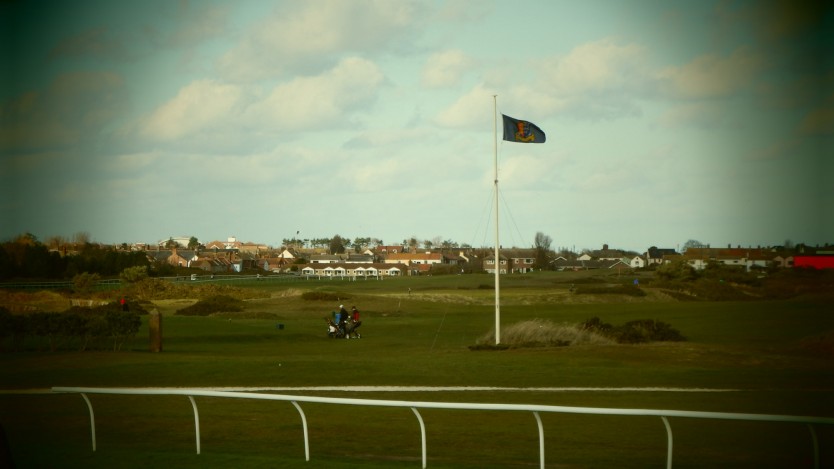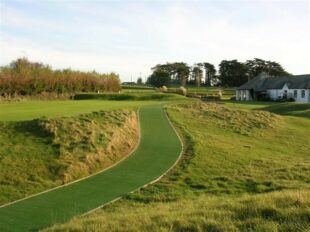This East Anglia course, run by general manager Tim Starbuck, is where one of golf’s most famous terms originated…
Great Yarmouth & Caister is a club that could feature in this column several times over. It is the oldest in Norfolk – founded way back in 1882. The course also winds its way at several points through the nearby racecourse.
You’ll hit shots over the rails onto greens. Indeed, at the 1st, you criss- cross the barriers before you get onto the putting surface. But what Great Yarmouth & Caister is really renowned for is being the home of bogey golf. Ever played in a bogey competition? It’s great fun, although something of a head-scratcher if you’re not used to it.
It harks back to the days when all serious golf was fought out over matchplay. What a bogey competition does is take that central element – winning and losing holes – and mould it into a strokeplay competition. You are rewarded based on how you do against the course, rather than an individual player. So what’s this got to do with Great Yarmouth & Caister? In 1890, way before golf became ‘par for the course’, a member at Coventry had the idea of playing a match under a handicap against the number of shots a scratch golfer would rack up in a perfect game, says the club’s website. This became known as the ground score.
The idea was proposed to Dr Thomas Browne, who founded Yarmouth, at the club’s autumn gathering and was then introduced. Yarmouth’s website continues: “These competitions were played throughout the winter, at the same time a music hall song ‘Hush! Here comes the Bogey man’ was gaining in popularity.”
When one competition participant said to Browne ‘This player of yours is a regular Bogey man’, the bogey score was born. It was the staple term to describe golf’s scoring system, until par was born, and today we know it as a score of one over on any given hole.



